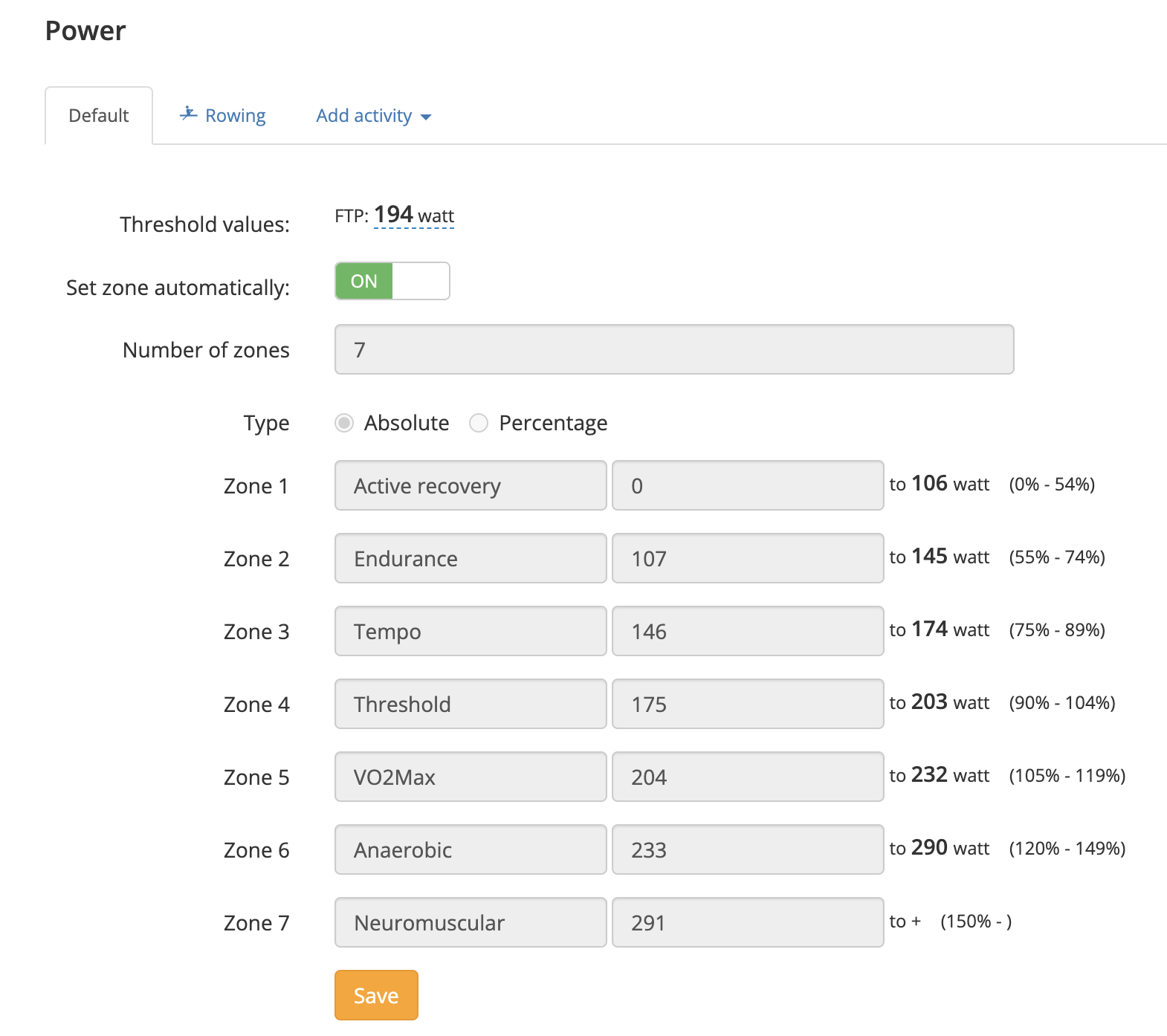Training zones play a crucial role in enabling athletes to target specific types of training. Different days call for different approaches, such as focusing on Zone 2 for easy training sessions or emphasizing intervals with significant variations on other days.
Coaches rely on training zones to analyze workouts and assess whether each session was executed correctly based on the prescribed zone for that particular day.
Setting appropriate zones involves considering individual athlete characteristics. For instance, heart rate zones should be calculated based on factors like the athlete’s maximum heart rate, resting heart rate, and threshold heart rate.

Moreover, training zones should be tailored to the specific activity being performed. Heart rate zones for cycling, for instance, differ from those for swimming, taking into account that maximum heart rate values also vary across different sports.
In SELFLOOPS, we now offer the capability to establish personalized training zones for various sports. Users can specify the number of zones and set lower and upper limits for each zone. Alternatively, Selfloops can automatically determine zone numbers and limits by utilizing the threshold variable.

Ultimately, we provide coaches and athletes with the flexibility to define their training zones, ensuring that subsequent analysis aligns with the specified zones. Simultaneously, when the threshold value is provided, we automatically calculate the training zones and update them accordingly. For example, if the athlete’s threshold value is updated, the training zones are automatically adjusted.
By incorporating training zones effectively, coaches and athletes can fine-tune their training programs and optimize performance outcomes.